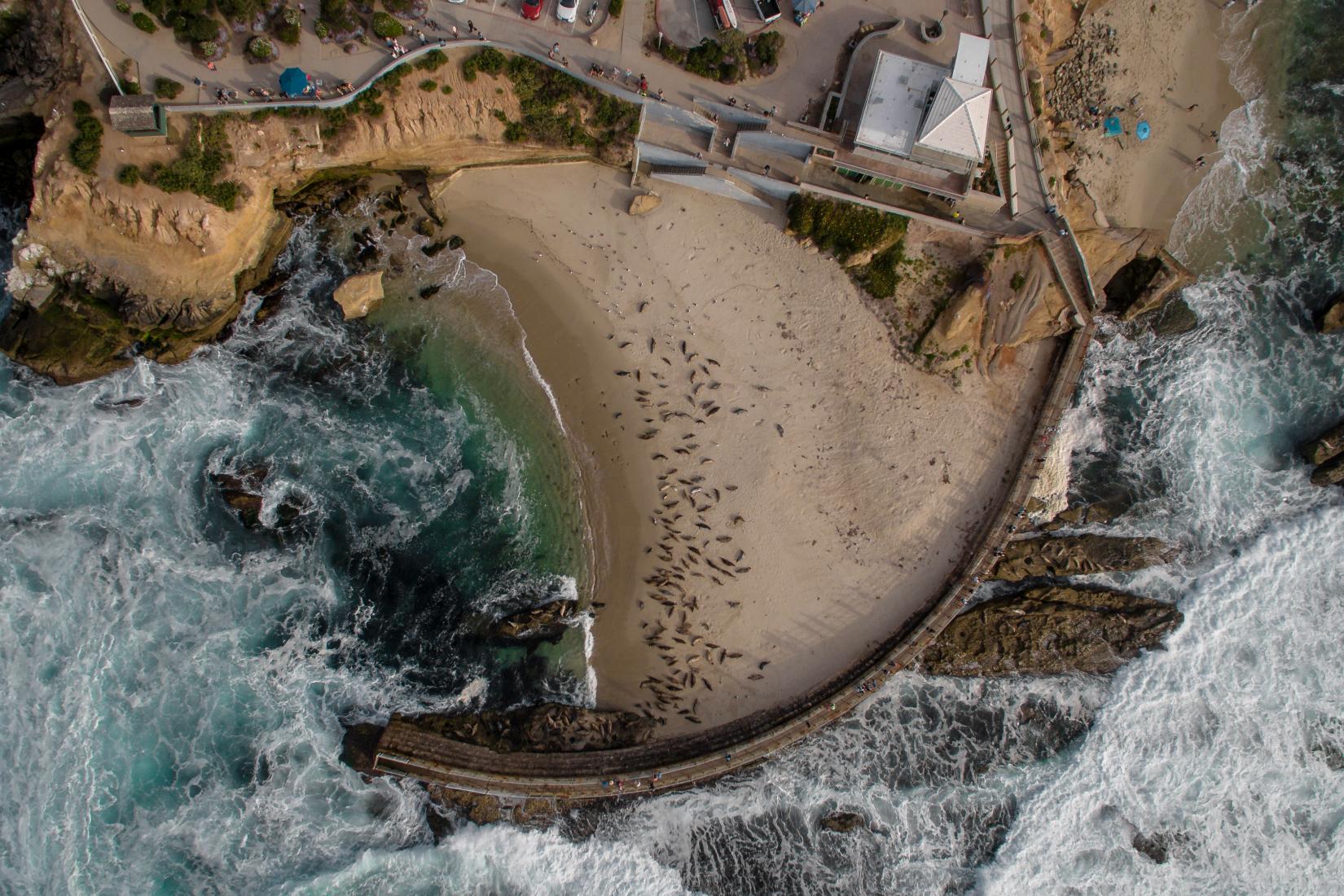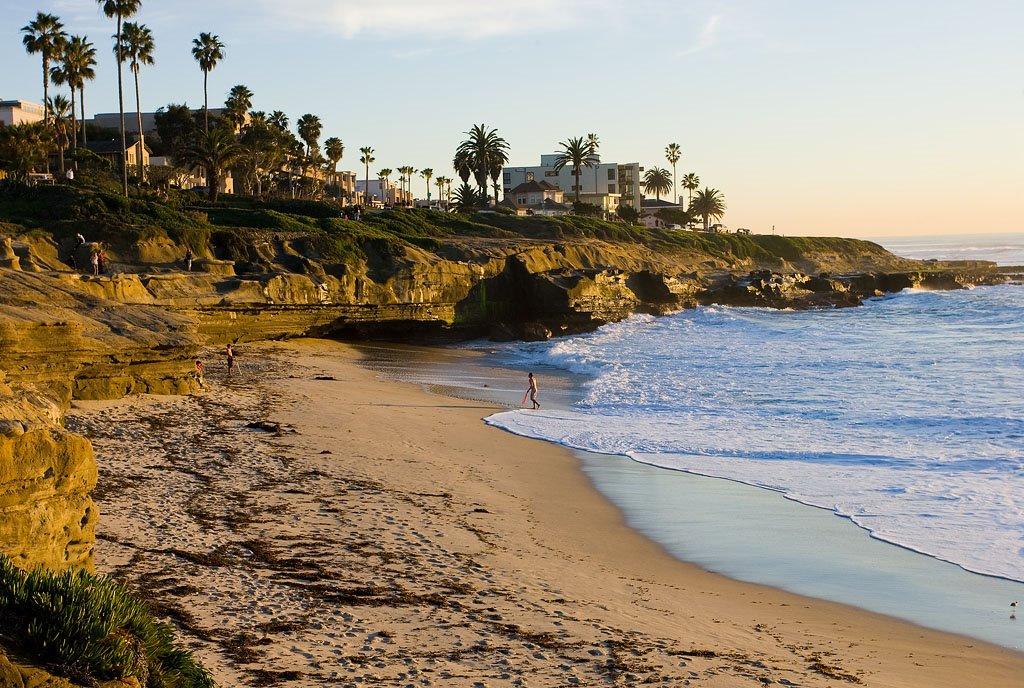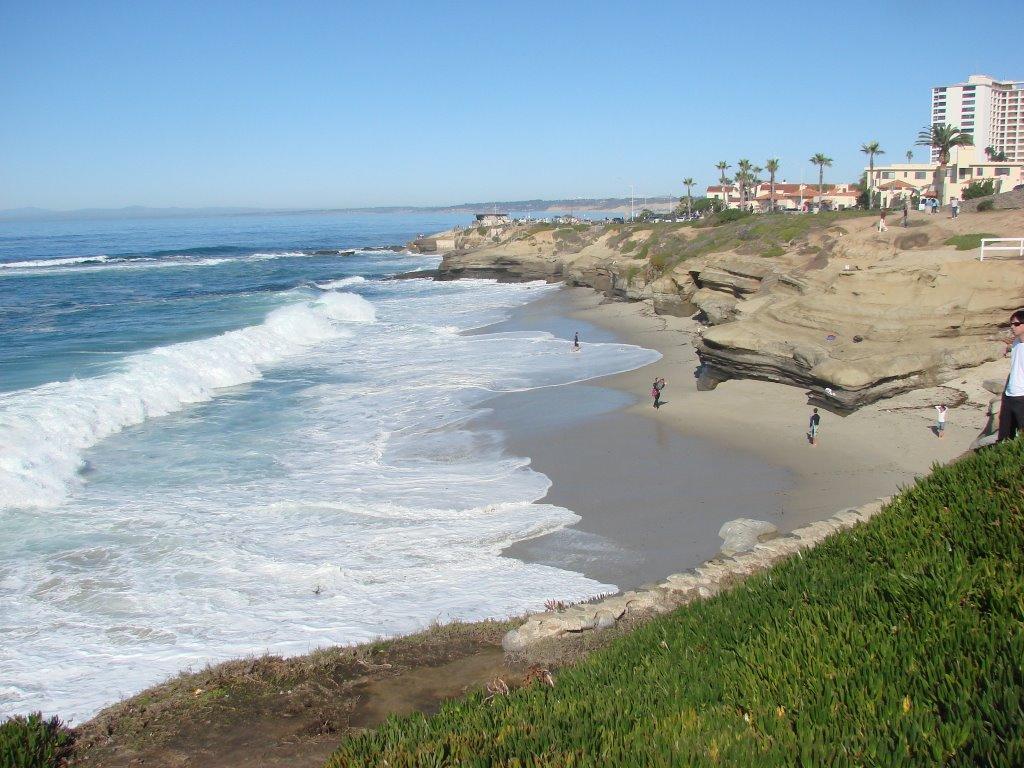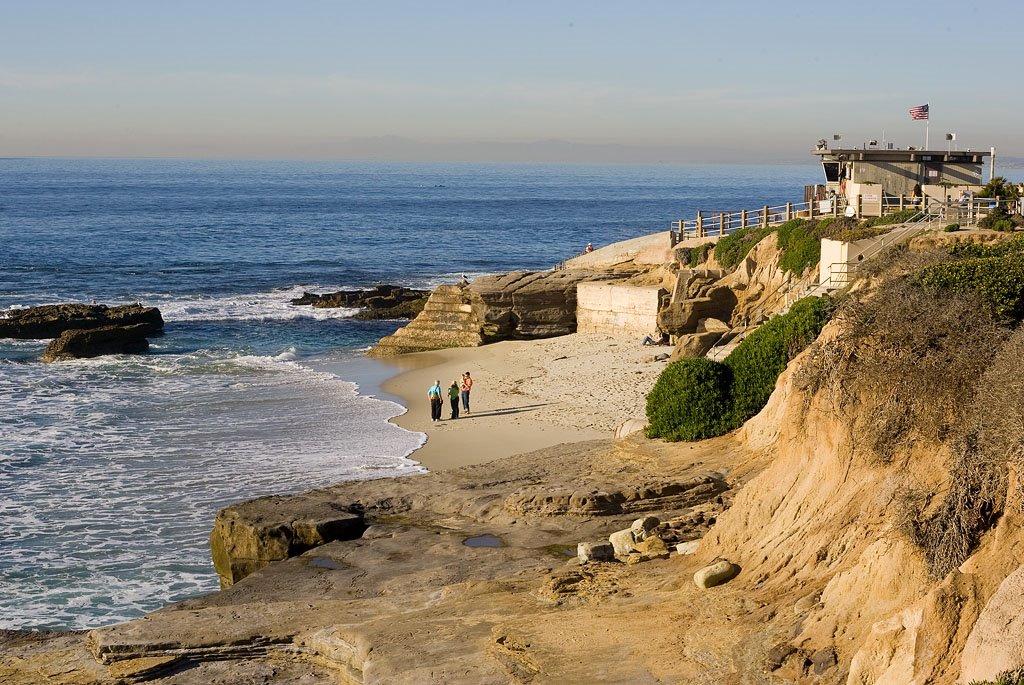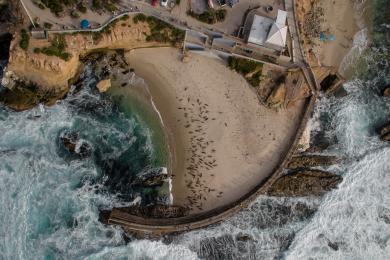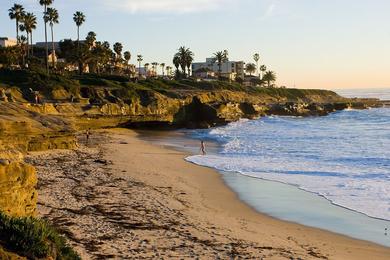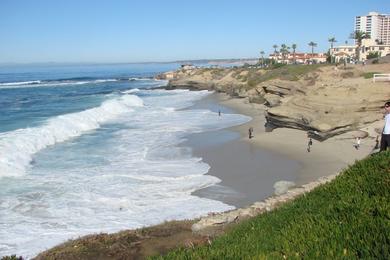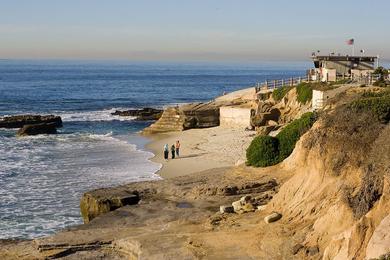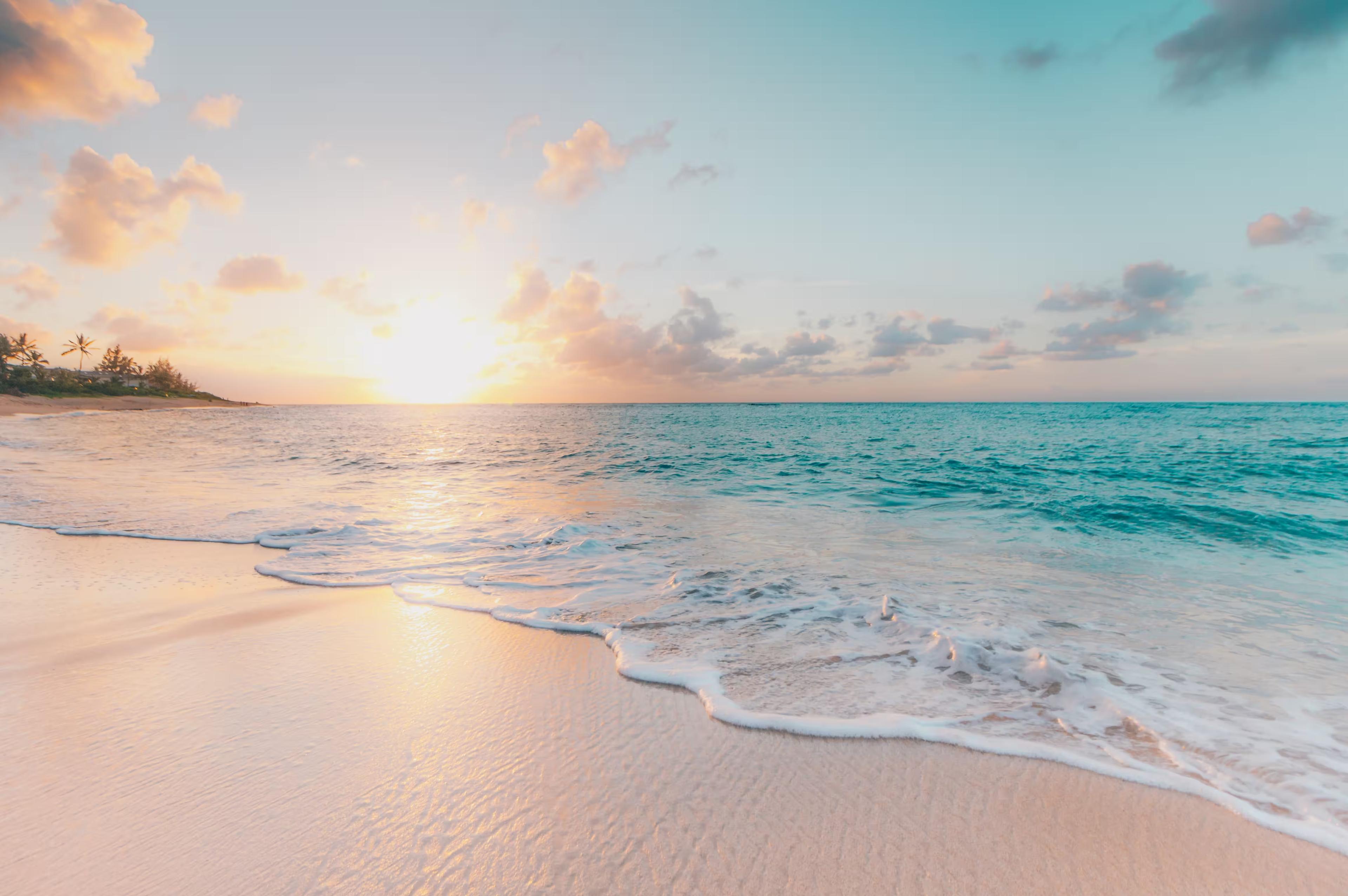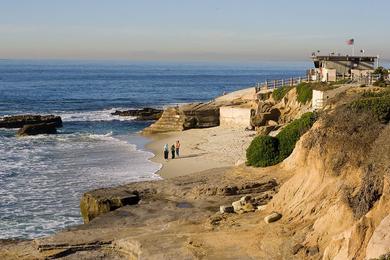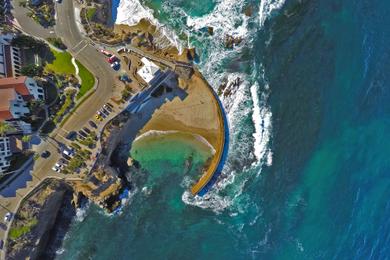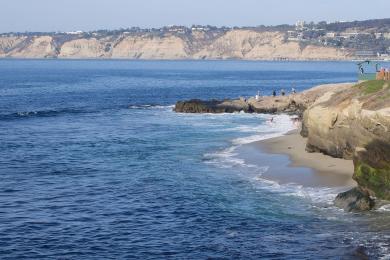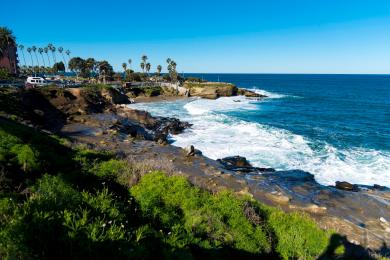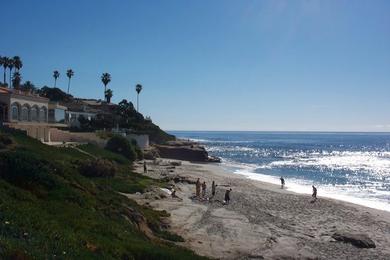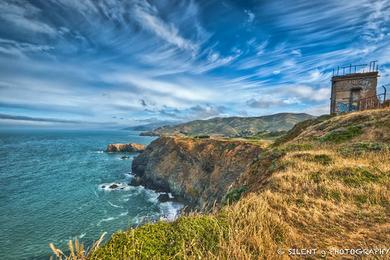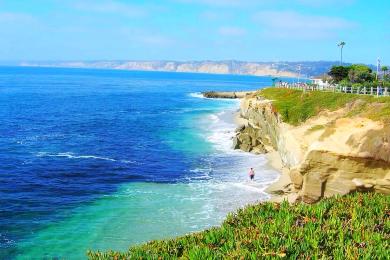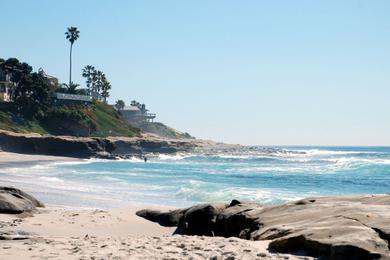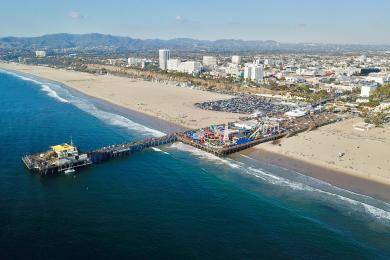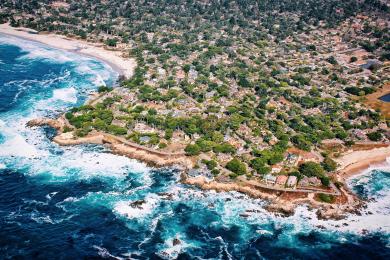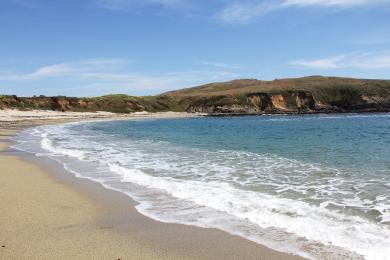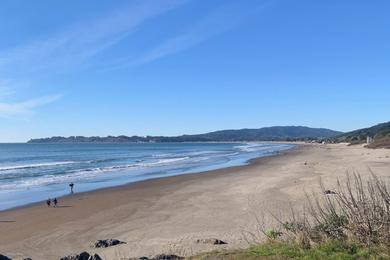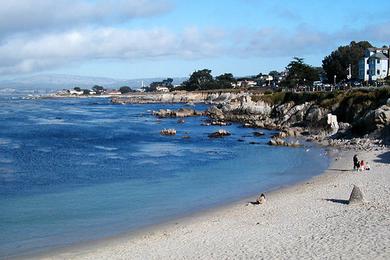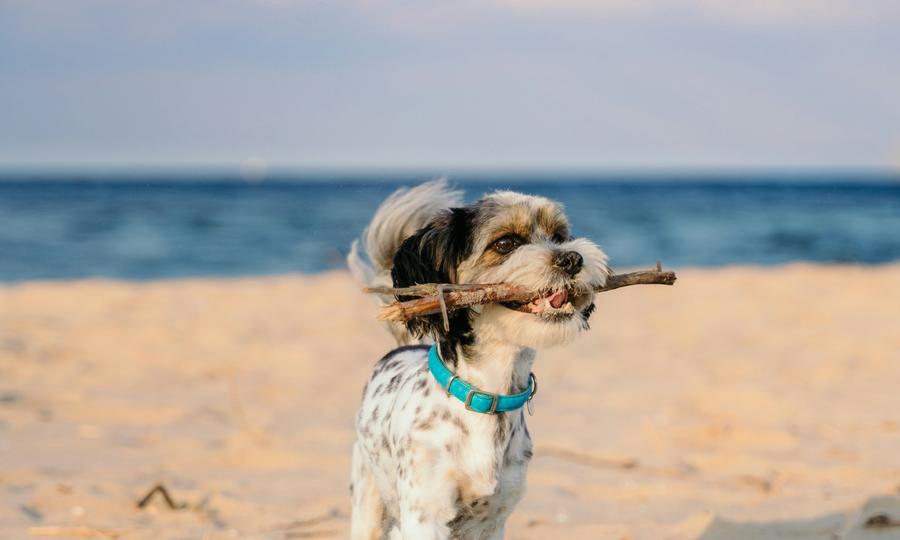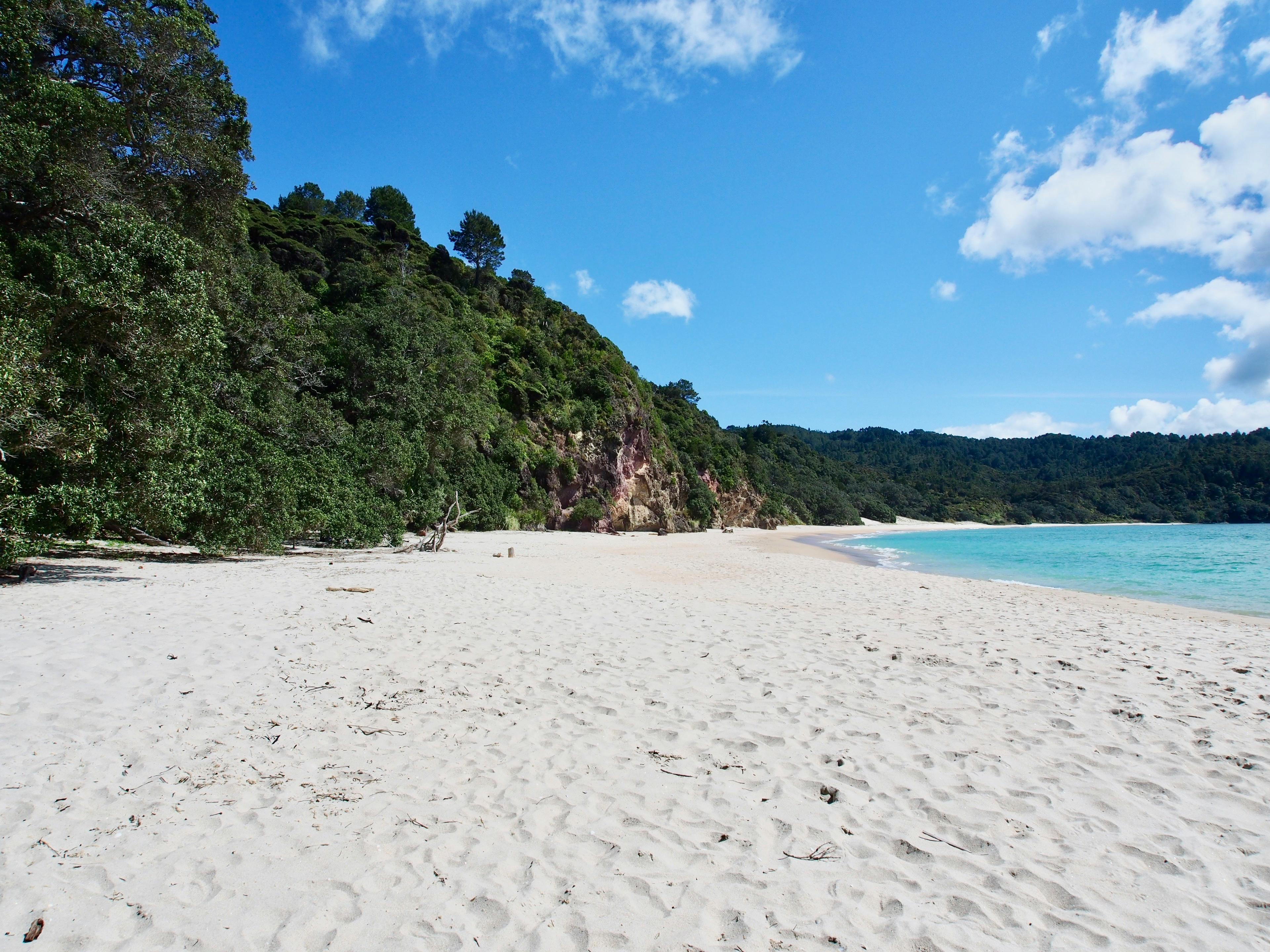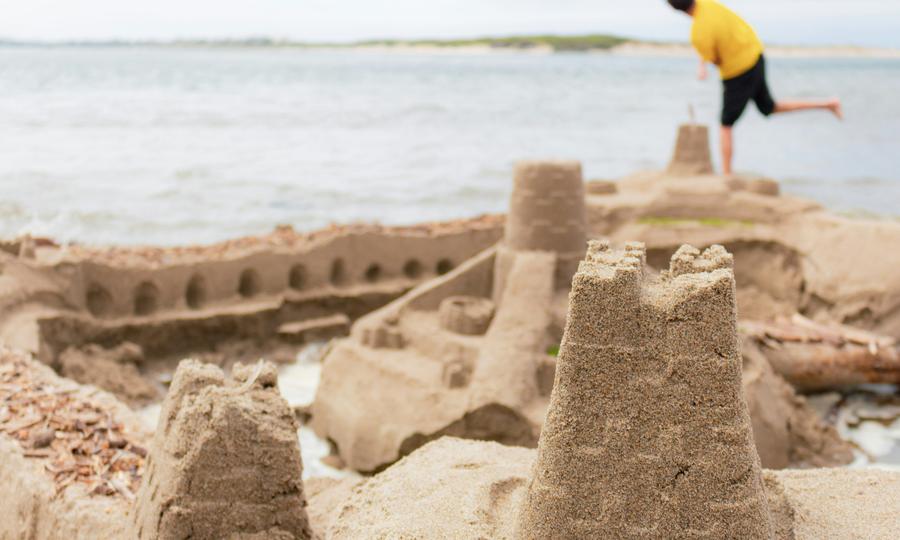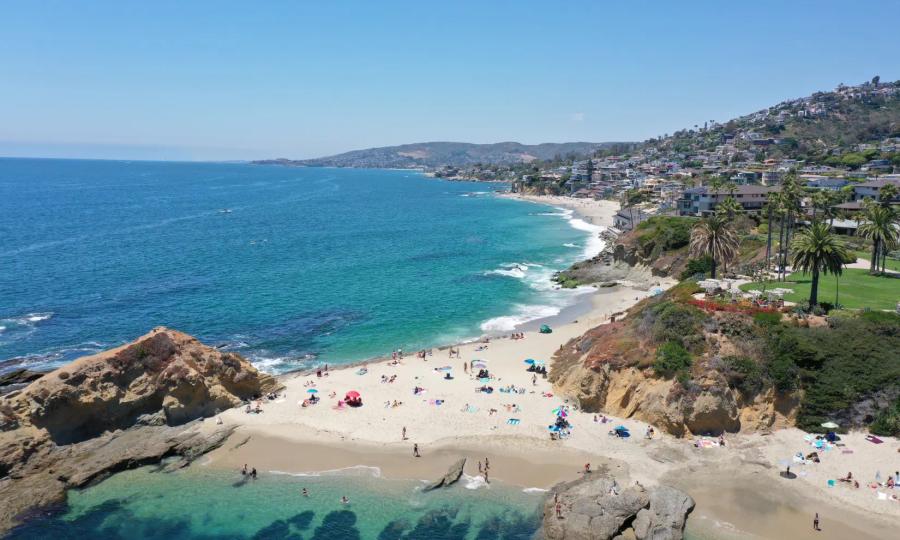South Casa Beach offers many fun activities including beachcombing, sunbathing, wildlife watching, tide-pooling, scuba diving, and snorkeling. The water near this beach is unsafe for recreational aquatic activities including surfing and swimming as the water here has dangerous currents and extremely strong waves. In addition, the rocky shoreline along this beach can also inflict grievous injuries. However, despite these dangerous water conditions, scuba divers and snorkelers occasionally go into the water near South Casa Beach to explore the vibrant underwater biodiversity present here. The water near this beach is home to many kinds of marine mammals including seals, sea lions, and migrating grey whales (between December and April). In addition, the water near South Casa Beach also has reefs and kelp beds which are home to many kinds of fish. However, if you are planning to dive or snorkel in the water near South Casa Beach, we recommend strictly doing so when the water is relatively calmer, as diving or snorkeling in the rough water conditions here can be highly unsafe. The San Diego Council of Divers also organizes a safety and education program near this beach known as Rocks, Rips, & Reefs Program, which seeks to sensitize divers and snorkelers about ways to safely enter and exit the water near South Casa Beach and other La Jolla beaches. You can visit the San Diego Council of Divers’ website for additional information regarding this program. South Casa Beach is not only popular with humans but also with seals and sea lions, who can often be found resting on this beach. While this offers a great opportunity to watch these wonderful animals from an up-and-close perspective, we recommend being careful while observing seals and sea lions in South Casa Beach as they can get afraid of humans very easily and are often known to attack in self-defense. If you like tide-pooling, you can explore interesting tidepools present on the beach during low tides which are home to a variety of creatures including sea stars, mussels, chiton, limpets, crabs, and sea anemones.

